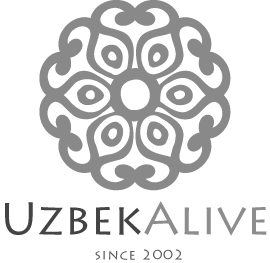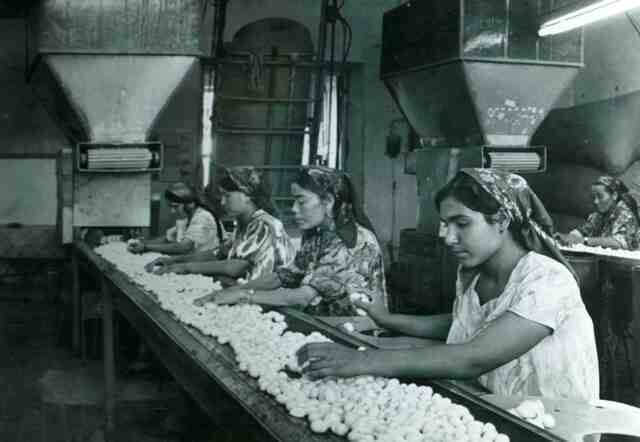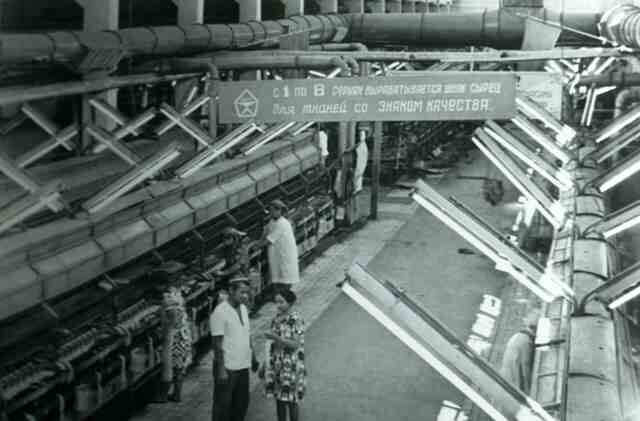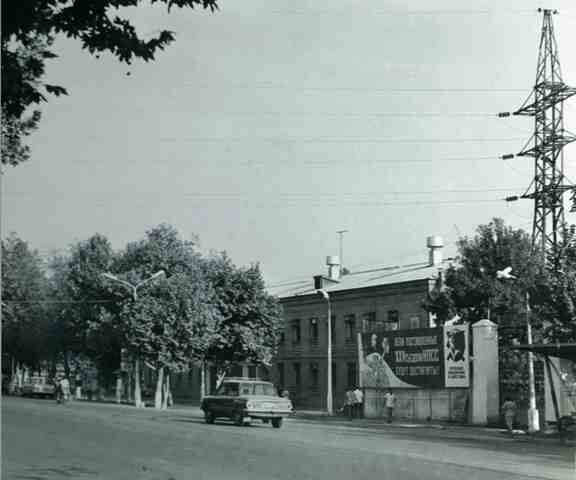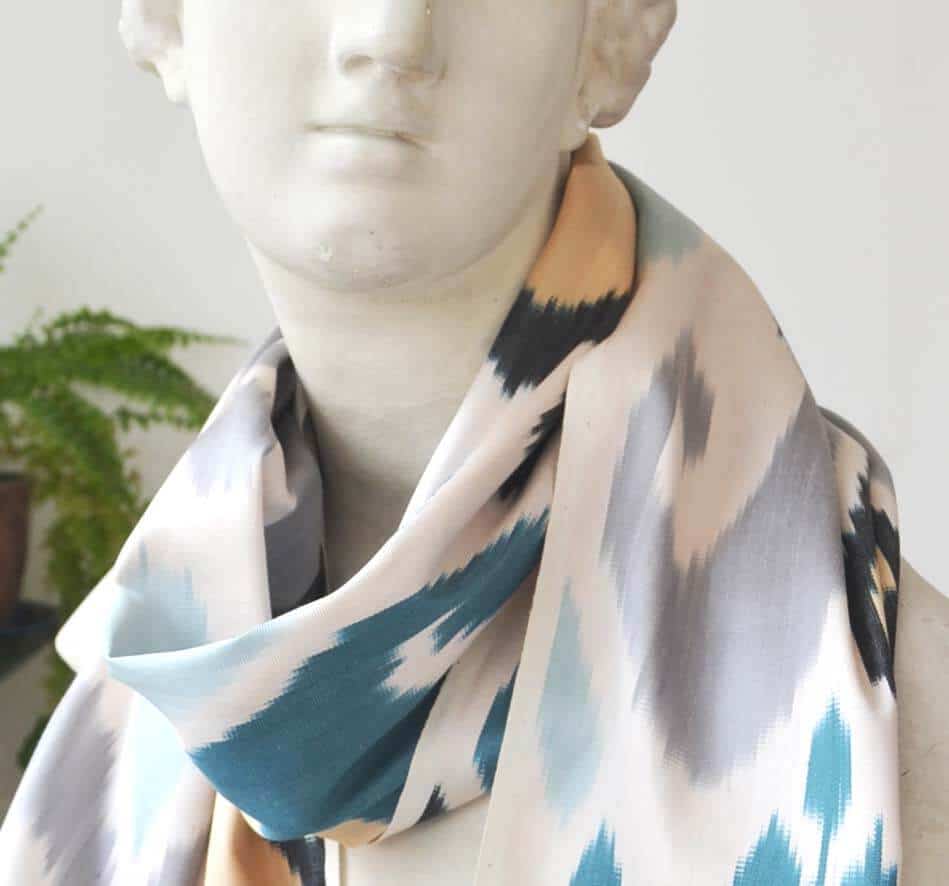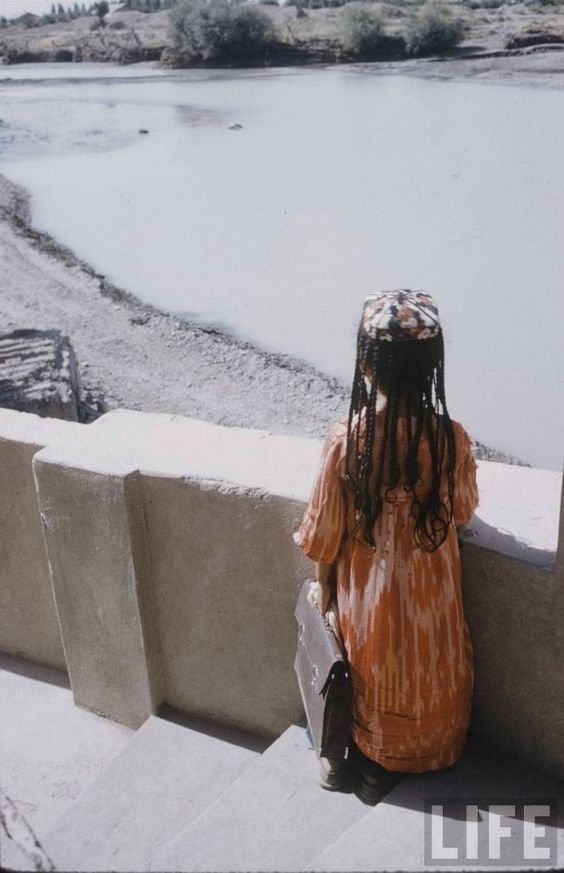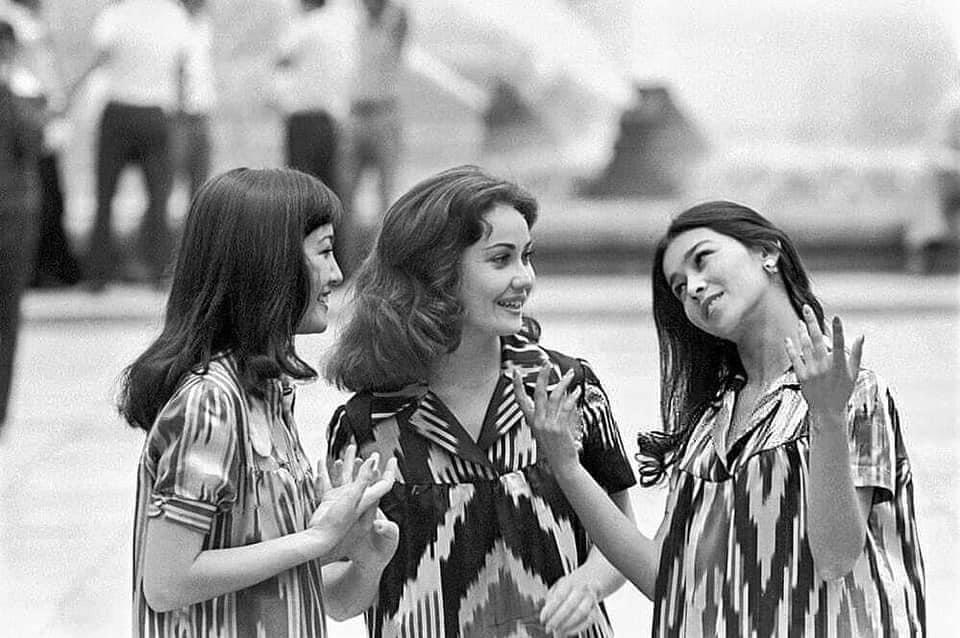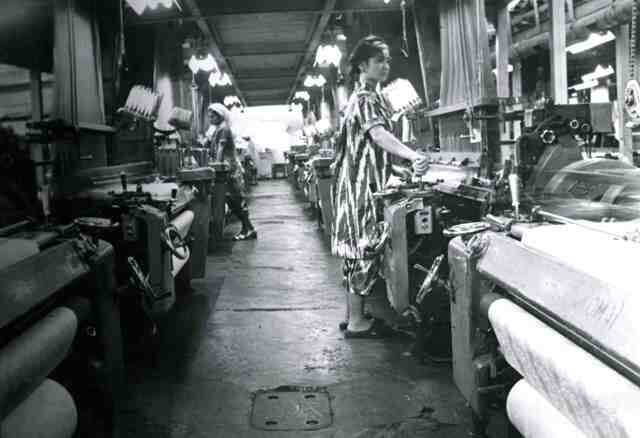
Why are modern day Uzbek ikat fabrics narrow?
Today’s topic is the narrow width of Uzbek ikats fabrics. Many of you ask us why Uzbek ikat fabrics are so narrow. With this post I will try to explain why.
Ikat fabrics and arrival of communism
Ikat weaving has been practiced in Central Asia for centuries by artisans. The arrival of bolsheviks with an idea of communism about 100 years ago put an end to individual craftsmanship and made all manufacturing, including ikat making a government domain. Only state owned textile companies made ikats. Attempts to make ikats at home as a side business was a crime for which artisans could go to a jail. This sounds wild but the Soviet idea was to have everyone economically equal. When someone works secretly at home, in addition to working for a state textile factory, he/she gets richer than others. That was unacceptable to the Soviet regime. The fact that ikat weaving has survived is partly due to these “crimes” committed by artisans by working in secret.
Here is what Rosie Gibson of Calvert journal has to say about that period:
“From the 12th century, royal commendation in Central Asian courts was bestowed not with medals but in the form of ikat robes. The Soviet regime brought about an abrupt end to such customs, when weaving became co-operative, production became standardised and designs were simplified and sold under trade names like Sputnik or Kremlin. However, with the fall of the Soviet Union and the arrival of independence, weaving and embroidery in this region have seen significant growth over the last 20 years, helped in part by a British Council-funded project in the late 90s and by the master craftsmen who had kept their ancestral skills alive by working secretly during the Soviet years.”
Rosie Gibson, Calvert journal
Industrial ikat weaving
During the Soviet era ikat fabrics were woven on industrial scale machines. However, even those machines could not make a fabric wider than 90 centimeters. Why not? Because old Soviet industrialized looms had a 90 cm limit!
The collapse of the Soviet Union ended government funding of state owned textile factories. People were left without work and had to do something with the skills they had and that was opening their own ikat making workshops. This is how the end of the state economy and opening up of the market revived artisanal craftsmanship. Big textile factories closed or significantly decreased their production (due to an absence of financing). People moved ikat weaving to their homes and hand looms. To these day most of ikats made in Uzbekistan are hand loom woven.
Can Uzbek ikat fabrics be wider than 90cm?
To answer the question as to whether the Uzbek ikat fabrics can be made with a width greater than 90 cm, I had to drill a famous ikat artisan Rasul Mirzaakhmedov with my endless questions. I have to report that, sadly, “no” is the answer. There have been attempts to make ikat fabrics on wider looms that were imported from India – another ikat making culture. Unfortunately, in trials, it was discovered that the quality of Uzbek silk is not suitable for wider loom weaving.
This conversation reminded me of pre-1991 era photos which I received not long ago from Margilan. Here we go – black and white photos from the old days.
We know that having a narrow width of Uzbek ikat fabrics is an inconvenience. For this reason, we offer a free ikat pattern matching service which means the following – we will put together several widths of ikat fabric matching ikat pattern so that you buy a large piece of an ikat textile. What’s a benefit? You only pay for the fabric that you really need. We keep leftover pieces and use them for other projects. Interested in wider ikats? We have some available here or we can “widen” an ikat fabric from our collection of ikats.
